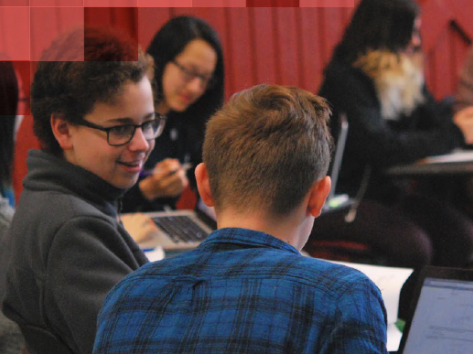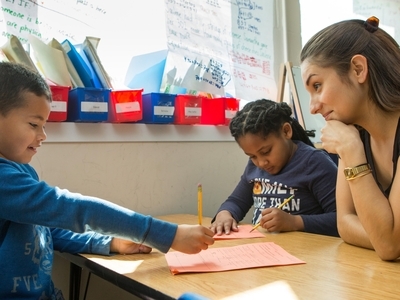New Designs for School
How to Use SEL to Support Freshmen Returning to High School Classrooms
Topics
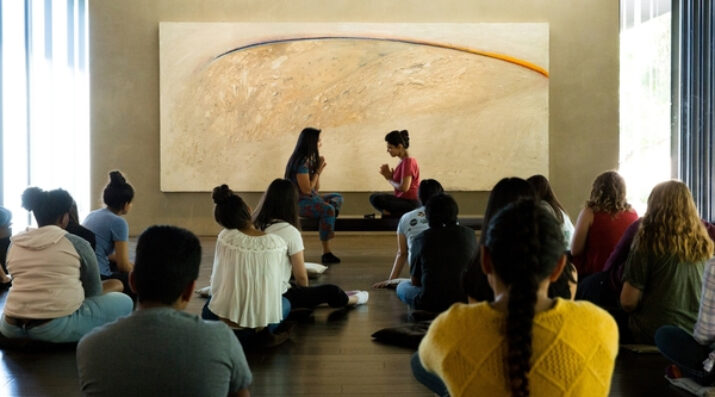
We’ve all had the experience of truly purposeful, authentic learning and know how valuable it is. Educators are taking the best of what we know about learning, student support, effective instruction, and interpersonal skill-building to completely reimagine schools so that students experience that kind of purposeful learning all day, every day.
Schools can use these 3 principles to help students find opportunities for post-traumatic growth when they come back to high school classrooms this fall.
Think back to your first experiences in high school: walking in on your first day, eager to meet new classmates, excited about new challenges, confident in your social prowess...
That’s not how your first day went? Mine neither.
In my earliest memories of high school, I was terrified. I was new at a 2,000-student school; I didn’t know where anything was, had no idea what to expect from my teachers, and thought the upperclassmen looked like full-grown adults when I was still just a kid, fresh out of middle school.
For kids, starting at a new school is always a challenge. They have to adjust to more difficult academic content while at the same time uncovering the hidden curriculum—the school’s unique culture that shapes their daily lives. Socially, the adjustment is no easier. Fitting in is massively important to young people. Many even consider conforming to the standards or expectations of a group the key to belonging. Add this social pressure on top of everything else, and it’s quite a lot for a 14-year-old to handle.
Positive identity development is beneficial for all students and can be particularly empowering for those who have been marginalized.
Before founding Wayfinder to help schools implement campus- and district-wide social and emotional learning (SEL) curricula, I taught SEL in Oakland public high schools. Teaching mindfulness to first year high school students, I watched year after year as students spent the first several months of school experimenting to see what type of behavior would land best with their peers, flip-flopping between interacting authentically and posturing or showing off. This was particularly true with the young men I worked with—lots of bravado.
The coming transition back to campus in fall 2021 is bound to be even harder than usual for many students, but especially for incoming ninth graders (already the population most likely to feel stress about fitting in). These are students who may not have stepped onto a school campus since seventh grade. Sophomores face a situation that’s nearly as tough, entering their “new” school for the first time on essentially the same footing as the freshman class.
Parents I’ve spoken to have repeatedly expressed their hopes that schools will focus on human and social development after their kids’ long stretch of being stuck at home. One Wayfinder teacher in Arizona even told me that students have openly shared that they’re scared of returning to campus full-time; they feel like they’ve forgotten how to socialize in person.
Many high schools are unprepared to offer whole-child support after what were, for many students, traumatic experiences of the pandemic. High school teachers in particular face pressures from districts seeking to close learning gaps, schools needing to get kids into college, and families eager to “get back to normal,” stressing high academic expectations.
However, returning to pre-pandemic “business as usual” will not be enough for many students whose lives have been upended. While counselors may be around to help support mental health needs, most are overwhelmed by their caseloads and unable to do much besides attend IEP meetings and address the most severe student crises.
To help prevent such crises and to support students’ reentry, schools will need to have plans in place that offer opportunities and safe spaces for socialization. The pandemic has undeniably contributed to a rise in loneliness, anxiety, and depression among teens. However, research tells us that post-traumatic growth is not only possible but in fact beneficial for those who experience it, prompting positive psychological change after times of great stress and suffering. The question is, how can schools help students find opportunities for growth when processing this past year?
Here are three principles to help you do exactly that:
Apply a Trauma-Informed Lens
Students will soon be facing more and different social interactions than they’ve experienced for a very long time, which could cause anxiety. This reality is an important one to consider; when students feel scared or insecure, they can’t learn or perform at their best. Moving forward, we need to expand our thinking beyond addressing “lost learning” to focus on setting up trauma-informed spaces that give students the solid footing they need to get a strong start in their new school contexts.
Part of operating a trauma-informed classroom is maintaining predictable routines and helping students build upon their strengths and interests. By co-creating classroom norms and rituals, providing multiple modes of participation, and incorporating strengths-based activities into their lessons, teachers can give students the opportunity to exercise agency and build confidence in their capacity for success.
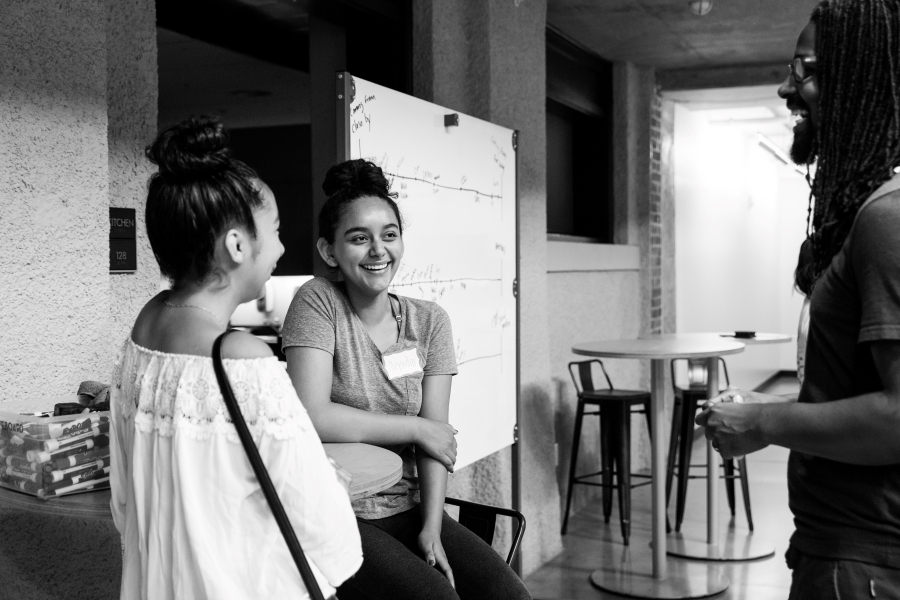
Courtesy of Wayfinder
Wayfinder employs a trauma-informed approach to all of our lessons and trainings. For example, each year of curriculum begins with lessons devoted to creating and agreeing on classroom norms, so that students set up a space with clear expectations for participation in the learning to come. We also regularly incorporate mindfulness and self-reflection activities to help students center and understand their emotional states. One useful tool we use is Yale’s Mood Meter and its app. When students become more attuned to their emotions, they improve self-awareness and their ability to self-manage.
Prioritize Belonging
When young people feel they belong in school, it’s easier for them to adjust. Research shows they’re more motivated to learn, have greater confidence in their ability to succeed, and feel ready to put in the effort to try.
At Wayfinder, we present belonging as a journey rather than a destination. We’ve found that this reframing goes a long way in helping reduce social anxiety and pressures to conform. We also define belonging as a set of relationships with the self, others, and the wider world, which gives students an expanded perspective of belonging that goes beyond fitting in. Having a strong sense of self is a great starting point, but especially after the past year, students will benefit from guidance on building relationships with all kinds of others.
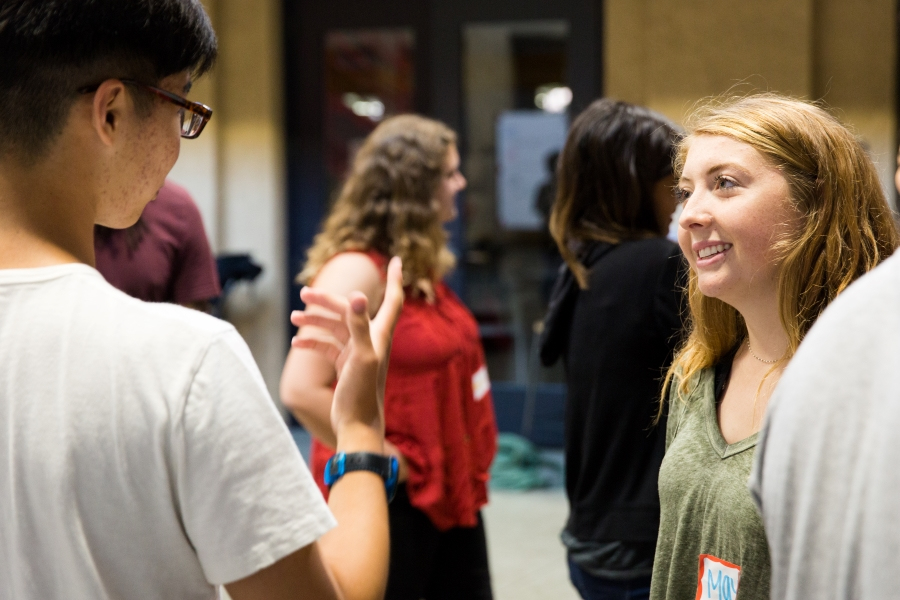
Courtesy of Wayfinder
One of the most direct ways we support students in their relationship-building skills is through activities that provide concrete strategies for socializing in a way that helps students to be themselves. In our lesson called Conversation Starter Bingo, students are divided into two groups—Conversation Starters and Conversation Sustainers—and given bingo cards corresponding to their group. Students who are Starters hold cards with sentence and question frames, which they mark off each time they use a prompt to successfully start a conversation. Meanwhile, Sustainers give their honest responses to Starters and mark a square on their bingo card every time they feel a Starter has initiated an authentic exchange. The round continues until one student has marked off all squares on their card. The groups then switch and play another round. The activity ends with a debriefing discussion about when and how these tools can be used in real life. By practicing social skills in a safe, contained space, students are able to grow in their confidence to interact with others and form relationships on their own terms.
Focus on Identity Development
Young people can be extremely image-conscious, and as students start school in new environments this fall, many may return hyper-focused on how others view them and how those opinions impact their social standing. This vulnerable moment is a prime opportunity for educators to help students connect with core aspects of themselves and build a strong sense of self-image. Positive identity development is beneficial for all students and can be particularly empowering for those who have been marginalized.
Facilitating honest conversations and introducing activities that enable students to investigate and celebrate multiple facets of their identities helps them become more comfortable in themselves. In one Wayfinder lesson, students explore the labels assigned to them and the assumptions people make based on those labels. Students then share which aspects of themselves others may overlook due to assumptions. This exercise leads into discussion about the implications and importance of moving beyond labels and examining our assumptions about others. Activities like these enable students to become more secure in themselves and better prepared to form meaningful relationships with others.
Educators and families share a common hope that their students and children will thrive. To help young people reach their full potential, let’s make a plan for the return to in-person schooling that equips students with the social and emotional tools they’ll need to confidently undertake the next steps of their journeys.
Photo at top courtesy of Wayfinder.


